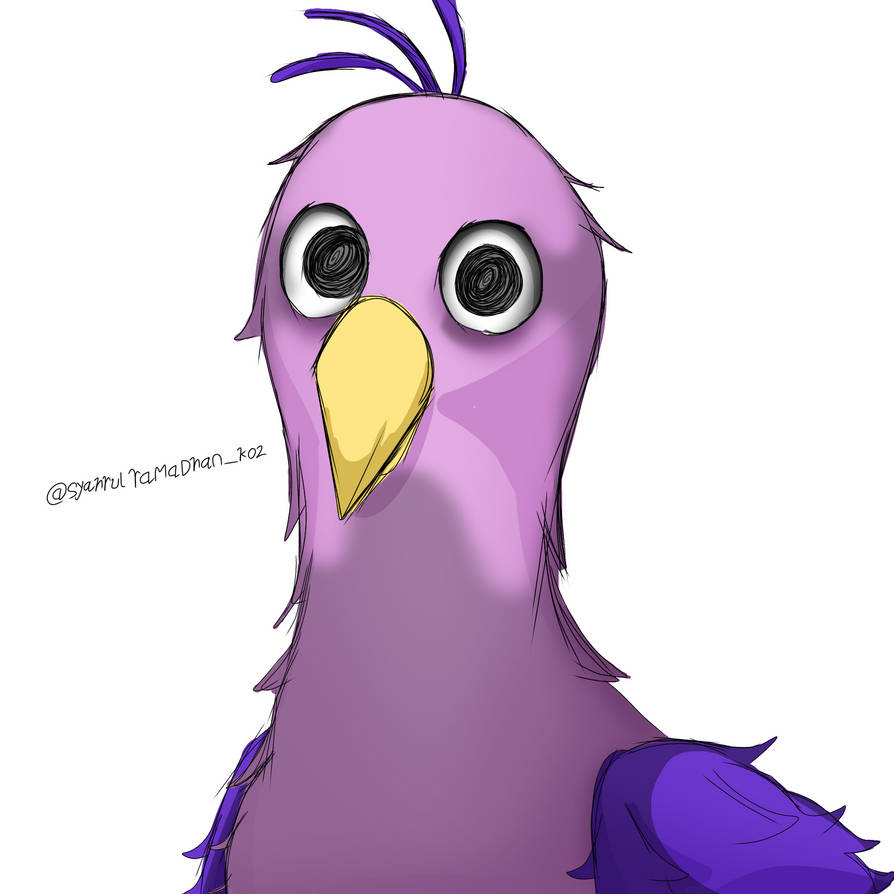What is an opila bird? The opila bird, scientifically classified as Accipiter opila, is a small bird of prey belonging to the Accipitridae family. It is native to the rainforests of Central and South America, ranging from southern Mexico to northern Argentina.
The opila bird is a relatively small raptor, with a length of approximately 30-35 cm and a wingspan of 55-65 cm. It has a distinctive appearance, with dark brown to black plumage on its upperparts and a white to pale gray underside. Its wings are long and narrow, and its tail is short and rounded. The opila bird has a hooked beak and sharp talons, which it uses to hunt small animals.
The opila bird is a skilled predator, and its diet consists primarily of small mammals, reptiles, and birds. It hunts by perching on a branch and scanning the ground for prey. When it spots a target, it dives down and captures it with its talons. The opila bird is also known to scavenge for food, and it will often feed on carrion.
Read also:The Ultimate Guide To Nick Kroll From Comedy To Broadway
The opila bird is an important part of the rainforest ecosystem. It helps to control populations of small animals, and it plays a role in seed dispersal. The opila bird is also a popular bird for falconry, and it is often used to hunt small game.
The opila bird and the rainforest ecosystem
The opila bird plays an important role in the rainforest ecosystem. It helps to control populations of small animals, and it plays a role in seed dispersal. By controlling populations of small animals, the opila bird helps to maintain the balance of the ecosystem. It also helps to keep the rainforest healthy by dispersing seeds, which helps to regenerate the forest.
The opila bird and falconry
The opila bird is a popular bird for falconry, and it is often used to hunt small game. Falconry is the ancient practice of hunting with birds of prey. The opila bird is a skilled predator, and it is well-suited for falconry. It is relatively small and easy to train, and it is also very effective at hunting small game.
Opila Bird
The opila bird (Accipiter opila) is a small bird of prey found in the rainforests of Central and South America. It is a member of the Accipitridae family, which also includes hawks, eagles, and vultures.
- Habitat: Rainforests of Central and South America
- Size: 30-35 cm in length, 55-65 cm wingspan
- Diet: Small mammals, reptiles, birds
- Conservation status: Least Concern
- Cultural significance: Used in falconry
The opila bird is a skilled predator, using its sharp talons and hooked beak to capture prey. It is also an important part of the rainforest ecosystem, helping to control populations of small animals and disperse seeds.
Habitat
The opila bird is found in the rainforests of Central and South America. This habitat provides the opila bird with the food, shelter, and nesting sites it needs to survive. The rainforest is home to a variety of small animals, which are the opila bird's primary prey. The rainforest also provides the opila bird with trees to build its nests in and shelter from the elements.
Read also:The Enchanting Pascale Hutton Canadian Actress And Hallmark Star
The opila bird is an important part of the rainforest ecosystem. It helps to control populations of small animals, and it plays a role in seed dispersal. By controlling populations of small animals, the opila bird helps to maintain the balance of the ecosystem. It also helps to keep the rainforest healthy by dispersing seeds, which helps to regenerate the forest.
The opila bird is threatened by deforestation. Deforestation is the clearing of forests for other uses, such as agriculture and logging. Deforestation destroys the opila bird's habitat and makes it difficult for the bird to find food and nesting sites. As a result, the opila bird is becoming increasingly rare.
Size
The opila bird is a small bird of prey, with a length of approximately 30-35 cm and a wingspan of 55-65 cm. This size gives the opila bird several advantages.
- Agility and maneuverability: The opila bird's small size makes it agile and maneuverable, allowing it to navigate through dense vegetation and pursue prey with ease.
- Reduced energy requirements: Smaller birds have lower energy requirements than larger birds, which means that the opila bird can survive on a smaller amount of food.
- Cryptic coloration: The opila bird's small size and dark plumage help it to camouflage itself in the rainforest, making it difficult for predators to spot.
The opila bird's size is therefore well-suited to its lifestyle and habitat. It allows the bird to hunt effectively, conserve energy, and avoid predators.
Diet
The opila bird is a carnivorous bird, and its diet consists primarily of small mammals, reptiles, and birds. This diet is well-suited to the opila bird's lifestyle and habitat. Small mammals are abundant in the rainforest, and they are a good source of protein and energy. Reptiles and birds are also common in the rainforest, and they provide the opila bird with a varied diet.
The opila bird is a skilled predator, and it uses its sharp talons and hooked beak to capture prey. It typically hunts by perching on a branch and scanning the ground for prey. When it spots a target, it dives down and captures it with its talons. The opila bird will also scavenge for food, and it will often feed on carrion.
The opila bird's diet is important for its survival. It provides the bird with the nutrients it needs to stay healthy and strong. The opila bird's diet also helps to control populations of small mammals, reptiles, and birds in the rainforest.
Conservation status
The opila bird is listed as Least Concern by the International Union for Conservation of Nature (IUCN). This means that the opila bird is not currently threatened with extinction and is considered to be a stable population.
- Population size: The opila bird has a large population size, with an estimated 10,000-100,000 mature individuals.
- Habitat range: The opila bird has a wide habitat range, occupying rainforests in Central and South America.
- Threats: The opila bird faces few threats, with deforestation being the primary concern.
Overall, the opila bird is a stable population and is not currently threatened with extinction. However, it is important to continue to monitor the opila bird population and to address threats such as deforestation.
Cultural significance
The opila bird is a popular bird for falconry, and it is often used to hunt small game. Falconry is the ancient practice of hunting with birds of prey. The opila bird is a skilled predator, and it is well-suited for falconry. It is relatively small and easy to train, and it is also very effective at hunting small game.
- Hunting: The opila bird is used to hunt a variety of small game, including rabbits, squirrels, and pheasants. It is a skilled predator, and it is able to capture prey with its sharp talons and hooked beak.
- Training: The opila bird is relatively easy to train for falconry. It is intelligent and eager to please, and it can be trained to hunt a variety of game.
- Popularity: The opila bird is a popular bird for falconry because it is relatively small and easy to handle. It is also a very effective hunter, and it is able to provide a challenging and rewarding experience for falconers.
The opila bird is a valuable cultural resource, and it plays an important role in the practice of falconry. It is a skilled predator, and it is well-suited for hunting small game. The opila bird is also relatively easy to train, and it is a popular choice for falconers of all levels of experience.
Frequently Asked Questions about the Opila Bird
This section provides answers to some of the most frequently asked questions about the opila bird.
Question 1: What is the conservation status of the opila bird?
Answer: The opila bird is listed as Least Concern by the International Union for Conservation of Nature (IUCN). This means that the opila bird is not currently threatened with extinction and is considered to be a stable population.
Question 2: What is the cultural significance of the opila bird?
Answer: The opila bird is a popular bird for falconry, and it is often used to hunt small game. Falconry is the ancient practice of hunting with birds of prey. The opila bird is a skilled predator, and it is well-suited for falconry. It is relatively small and easy to train, and it is also very effective at hunting small game.
Overall, the opila bird is a fascinating and important bird. It is a skilled predator and a valuable cultural resource. The opila bird is a reminder of the beauty and diversity of the natural world.
Conclusion
The opila bird is a fascinating and important bird. It is a skilled predator and a valuable cultural resource. The opila bird is a reminder of the beauty and diversity of the natural world.
We must continue to protect the opila bird and its habitat. We can do this by supporting organizations that are working to conserve the rainforest and by making sustainable choices in our everyday lives.


